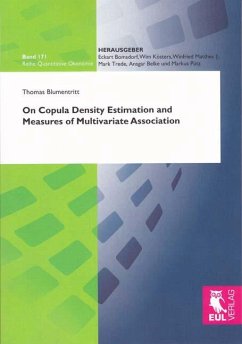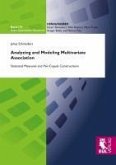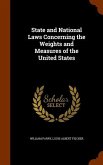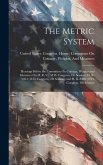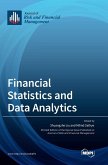Measuring the degree of association between random variables is a task inherent in many practical applications such as risk management and financial modeling. Well-known measures like Spearman's rho and Kendall's tau can be expressed in terms of the underlying copula only, hence, being independent of the underlying univariate marginal distributions. Opposed to these classical measures of association, mutual information, which is derived from information theory, constitutes a fundamentally different approach of measuring association. Although this measure is likewise independent of the univariate margins, it is not a functional of the copula but of the corresponding copula density. Besides the theoretical properties of mutual information as a measure of multivariate association, possibilities to estimate the copula density based on observations of continuous distributions are investigated. To cope with the effect of boundary bias, new estimators are introduced and existing functionals are generalized to the multivariate case. The performance of these estimators is evaluated in comparison to common kernel density estimation schemes. To facilitate variance estimation by means of resampling methods like bootstrapping, an algorithm is introduced, which significantly reduces computation time in comparison with pre-implemented algorithms. In practical applications, complete continuous data is oftentimes not available to the analyst. Instead, categorial data derived from the underlying continuous distribution may be given. Hence, estimation of the copula and its density based on contingency tables is investigated. The newly developed estimators are employed to derive estimates of Spearman's rho and Kendall's tau and their performance is compared.

